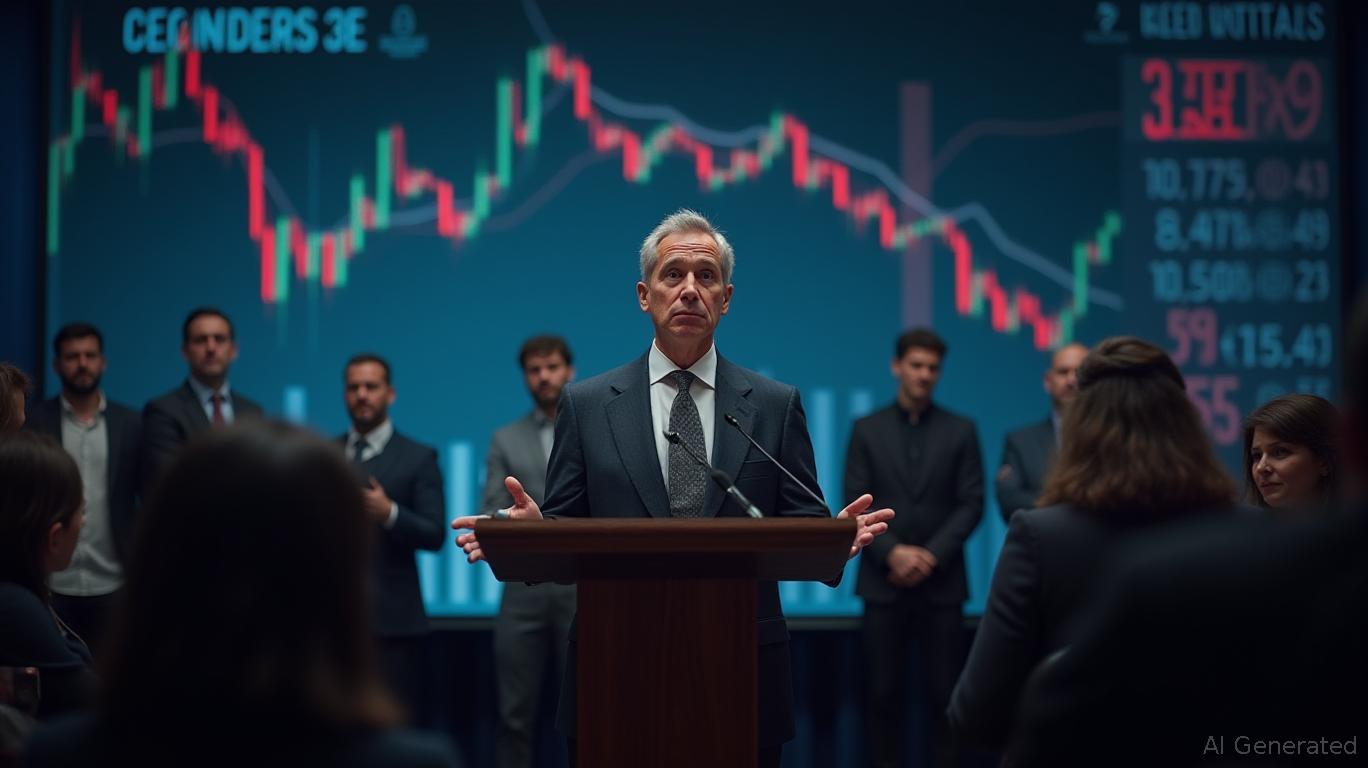U.S. and Japan Forge Shipbuilding Agreement to Challenge China’s Lead at Sea
Donald Trump’s forthcoming trip to Japan has sparked heightened strategic dialogue between Washington and Tokyo. Prime Minister Sanae Takaichi, the first woman to lead Japan, has made reinforcing the partnership with the United States her government’s chief objective. During a phone conversation with Trump on October 25, Takaichi reaffirmed this stance, saying both leaders agreed to “take the Japan-U.S. alliance to a higher level,” according to
Takaichi’s drive to deepen ties with the U.S. is highlighted by a new economic plan: a bilateral shipbuilding pact set to be formalized during Trump’s stay, according to

The defense relationship between the U.S. and Japan has also advanced notably. Takaichi revealed that Japan will dedicate 2% of its GDP to defense this year—two years ahead of the original timeline—aligning with Trump’s demands for greater military spending by allies, as reported by Minute Mirror. This announcement followed Takaichi’s meeting with Australian Prime Minister Anthony Albanese, where she stressed the importance of Japan and Australia “leading efforts” to maintain a free and open Indo-Pacific. Albanese agreed, highlighting Australia’s recent acquisition of Japanese Mogami-class frigates as evidence of the strengthening security partnership, according to SBS News. Despite these developments, the Quad has experienced tension during Trump’s tenure, with Takaichi’s comments subtly criticizing China’s assertive actions in the region.
These strategic moves are unfolding alongside broader U.S.-China trade negotiations. Talks in Malaysia between U.S. Treasury Secretary Scott Bessent and Chinese representatives reportedly resulted in a “framework” to prevent the imposition of 100% tariffs on Chinese imports, which triggered a surge in global markets, including cryptocurrencies. Although this agreement may temporarily ease trade friction, it does not address underlying challenges such as reliance on rare-earth materials. The U.S. and Japan are also working to diversify sources of critical minerals, with another memorandum expected to be signed during Trump’s visit, according to Yomiuri.
Takaichi’s tenure represents a turning point for Japan’s international strategy, balancing close cooperation with the U.S. and strengthening regional alliances. Her emphasis on defense, economic collaboration, and strategic independence signals a move toward more active engagement in a rapidly changing geopolitical environment, as noted by Minute Mirror. With Trump set to meet Chinese President Xi Jinping in South Korea, the results of their discussions are likely to influence the future direction of U.S. partnerships in Asia and the broader Indo-Pacific region.